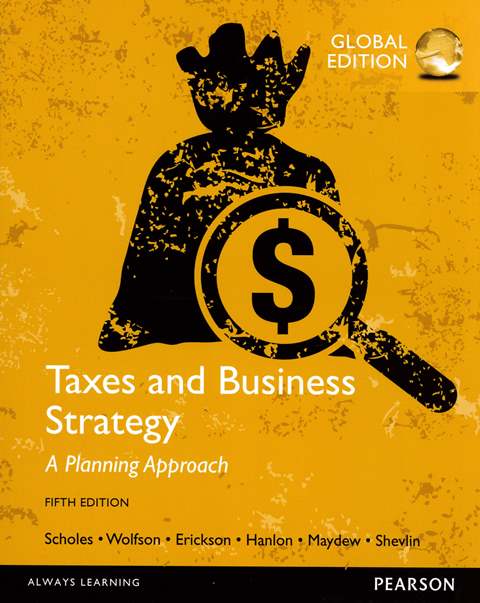書籍分類

Taxes and Business Strategy 5/e
作者:Myron S. Scholes, Mark A. Wolfson, Merle M. Erickson, Michelle L. Hanlon, Edward L. Maydew, Terrence J. Shevlin
原價:NT$ 1,550
ISBN:9781292065571
版次:5
年份:2016
出版商:Pearson Education
頁數/規格:528頁/平裝單色
版次:5
年份:2016
出版商:Pearson Education
頁數/規格:528頁/平裝單色
內容介紹 本書特色 目錄 作者介紹
- Description
- Use a text from an active author team: All 5 authors actively teach the tax and business strategy course and provide students with relevant examples from both classroom and real-world consulting experience.
- Teach students the practical uses for business strategy: Students learn important concepts that can be applied to their own lives.
- Reinforce learning by using in-depth analysis: Analysis and explanatory material help students understand, think about, and retain information.
For MBA students and graduates embarking on careers in investment banking, corporate finance, strategy consulting, money management, or venture capital
Through integration with traditional MBA topics, Taxes and Business Strategy, Fifth Edition provides a framework for understanding how taxes affect decision-making, asset prices, equilibrium returns, and the financial and operational structure of firms.
Teaching and Learning Experience
This program presents a better teaching and learning experience—for you and your students:




